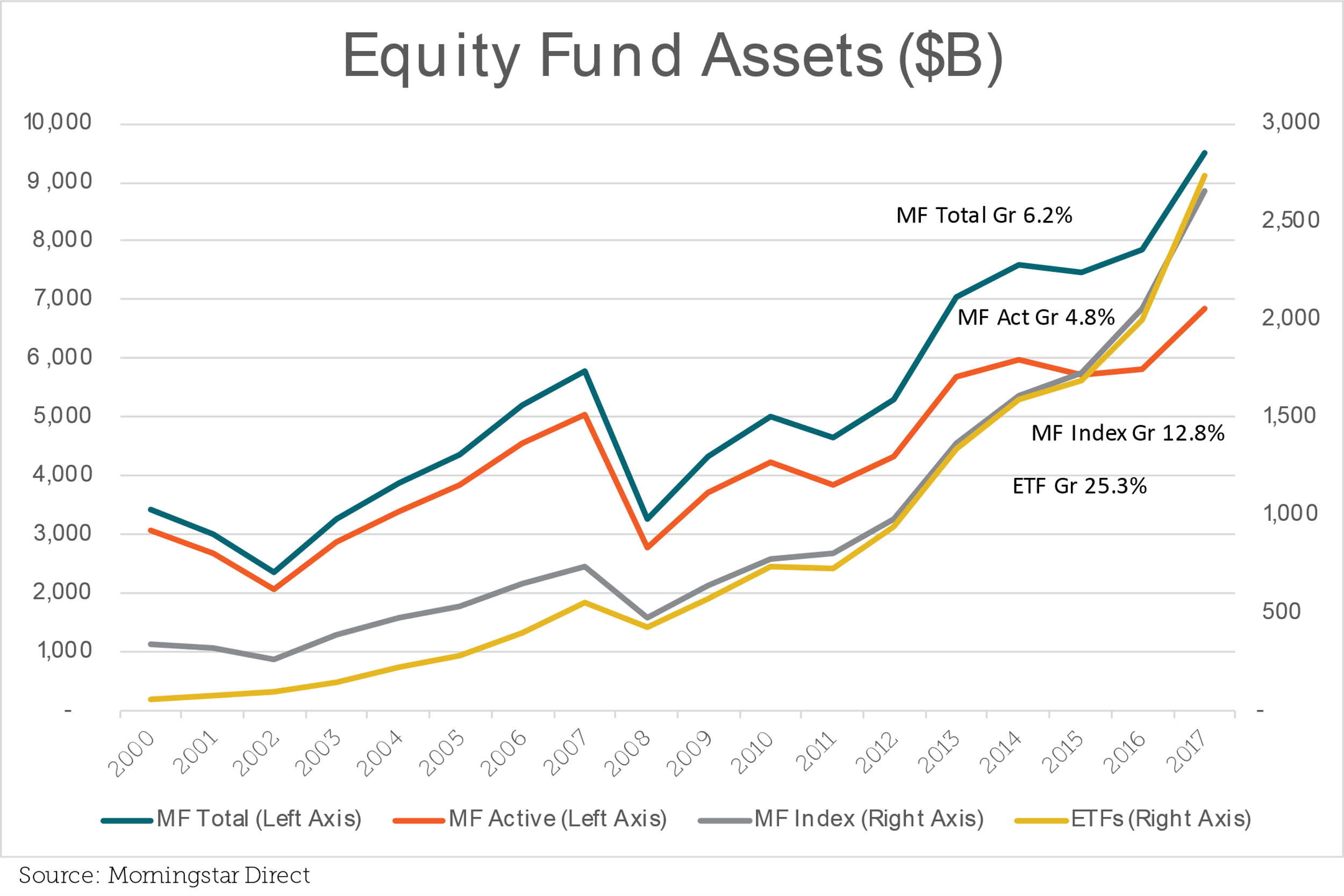
This site and all of the elements on this site are protected by Indian Law and by International copyright agreements concerning intellectual property. The site, texts, images, designs, pictures, sounds, photographs, animation, and videos together with their layout and more generally all the items contained on this website are the sole property of DSP Investment Managers Pvt. In no event shall DSP Mutual Fund and / or its affiliates or any of their directors, officers and employees be liable for any special direct, indirect, special, incidental or consequential damages arising out of the use of information / opinion herein. Any information regarding securities offerings, or references to securities offerings, that are contained on these pages do not constitute or form part of any offer of securities for sale or the solicitation of an offer to purchase securities in the United States or in any other jurisdiction where such offer may be restricted. The information in the coming pages is not intended for, and is not to be made available to, persons in the United States (being persons resident in the US, corporations, partnerships or other entities created or organized in or under the laws of the US or any person falling within the definition of the term "US Person" under the US Securities Act of 1933, as amended), wherever located. Mutual fund investments are subject to market risks, read all scheme related documents carefully.© DSP IM 2021.Īny information regarding securities offerings, or references to securities offerings, that are contained on these pages do not constitute or form part of any offer of securities for sale or the solicitation of an offer to purchase securities in the United States or in any other jurisdiction where such offer may be restricted. If you notice a continuous increase in TER, without improvement in the performance, consult your financial advisor. This is because passive funds generally replicate the identified index as they do not require active management, they have less overheads for example, they do not pay for stock selection research. You will see that there is usually a difference in TER for active and passive funds. TER is also dependent on the fund management style. It is pertinent to note that TER is incurred irrespective of whether a scheme has generated a positive return for its investors or not. Generally, the lower the TER, the higher the possible return the TER is published by all funds in their factsheets and needs a close look to determine improvements or deterioration. When evaluating a fund, you are advised to give preference to funds with lower and / or decreasing TER. Larger the scheme size, lower the fund management fees as per slabs prescribed by SEBI. Moreover, Securities Exchange Board of India (SEBI) stipulates that fund management fees slide with increase in assets of the scheme. The fixed costs such as administrative overheads are spread over a larger asset base thus reducing its percentage contribution to the cost structure. However, this number should either stabilize or reduce over time as the fund becomes larger. The calculation describes, in mathematical terms, the costs of running the scheme with respect to the total assets under management. Since open ended funds’ assets vary on a daily basis, the proportionate TER is accounted for in the scheme Net Asset Value (NAV) on every business day when the NAV of the scheme is published. TER is typically expressed as an annualized percentage of the assets of the fund.

Total expense ratio = (Total costs of the scheme during the period / Total Fund Assets)*100. The calculation used for determining TER is the following: in proportion to the assets of the scheme. These fees cover items such as fund manager salaries and research fees.īrokerages and taxes in transacting the securities of the scheme.įees paid to trustees, registrar and transfer agents, custodians, personnel of the trustee and Asset Management Company, etc.Īny other operational expenses like rent, electricity, communication, etc.

Management fees, probably the single largest item in the TER of a fund. TER is the measure of all the expenses associated with running a scheme. It is a key element in making an investment choice, as those funds which consistently show a high TER may not provide high returns, since high expenses tend to erode the returns generated.Įxpenses Associated with Operating a Fund

This measure is used by investors to compare the costs of the scheme with its peers and also in relation to the returns available from that scheme. Total Expense Ratio (TER) is the measure of the total costs or expenses in running a scheme.


 0 kommentar(er)
0 kommentar(er)
